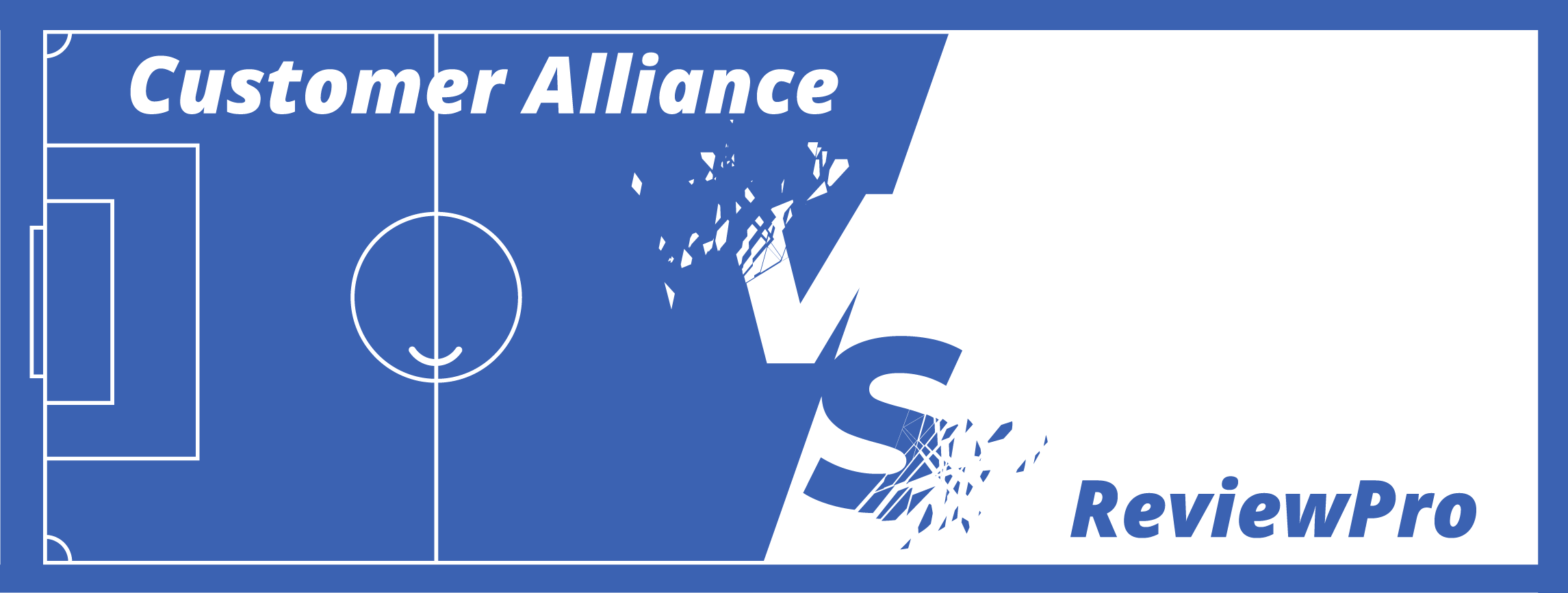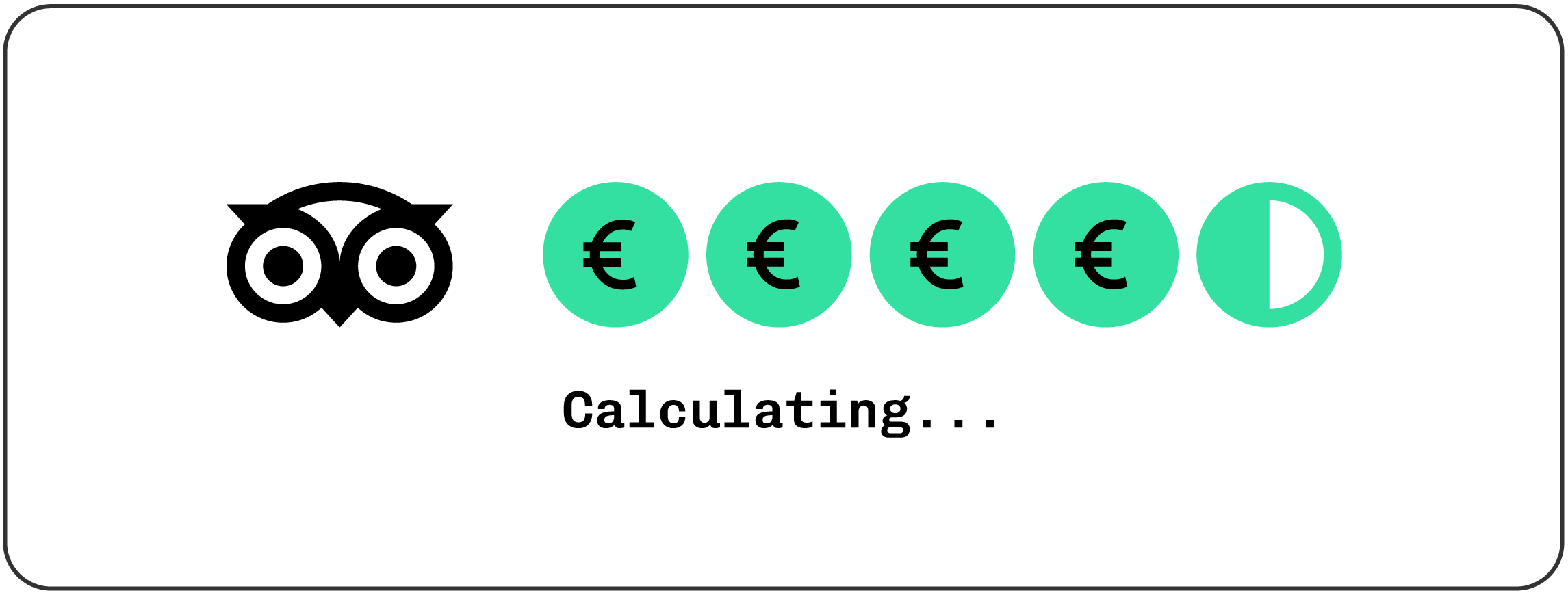Origin of RevPAR
A hotel is like a living organism. In the rapidly changing market of hospitality industry, supply and demand can totally change, top to bottom, from one day to another. Hotel Revenue Management has therefore grown in complexity during the past decades.
So, let’s take a look at the three major Key Performance Indicators used to measure the economic success of a hotel.
- Average Daily Rate (ADR): Average daily income per occupied room
- Occupancy: All occupied rental units of a hotel at a given time (measured in %).
In the past, many hotels either defined high occupancy rates or heavy room rates as their primary business goal to achieve. By doing this, however, they often ignored important aspects of their business performance.
This is why some years ago, Hotel Revenue Management introduced a new concept.
- RevPAR: Arguably the most important figure to look at when calculating an accommodations’ financial performance. It provides relevant information about the REVenue Per Available Room, putting in relation the hotel’s daily rates with its occupancy.
Examples for RevPAR calculation
Generally, there are two ways of calculating a hotel’s RevPAR. The classic approach is multiplying the Average Daily Rate (ADR) with the occupancy.
ADR x Occupancy
Alternately, the same result can be arrived at by calculating the following:
Total Room Revenue in a Given Period
/
Number of Available Rooms in Same Period
So let’s do the math:
For our case, we take a hotel with 100 rooms of which 60 rooms are sold for a given day, generating a total revenue of 4200€.
By dividing the Total Revenue by the Number of rooms sold (4200 / 60), we get the value of 70€ as the Average Daily Rate.
Meanwhile, we find a 60 % Occupancy rate (60/100 rooms occupied).
So, taking either the first calculation formula (70€ * 0,6), or the second (4200€ / 100), we arrive at a RevPAR result of 42€.
Limitations of RevPAR
Within current Hotel Revenue Management, RevPAR is believed to be the most accurate figure that can be looked at to calculate a hotel’s’ performance. It is also used to compare hotels’ economic performances.
However, if you take a closer look, there are some limitations to its relevance.
Let’s take a look at two simple cases:
A Hotel with 50 rooms in total
- sells 50 rooms for 20€ each.
- sells 5 rooms for 200€ each.
In both cases, the hotel generates a revenue of 1000€ while maintaining a RevPAR of 20€.
So, if RevPAR remains the same right here, does that mean that the hotel will have the same net operating income (NOI) in both cases?
No! Unfortunately, traditional RevPAR calculations do not take into account things like costs per occupied room or additional revenue per room for each individual room that is sold.
As a result, RevPar still isn’t the perfect indicator of a hotel’s financial success.
Evolution of RevPAR
Because of this, successful Revenue Managers such as Ira Vouk – Vice President and Co-founder of iRates – have introduced the concept of Adjusted Revenue Per Available Room (ARPAR), also referred to as Total Revenue per available Room (TRevPAR).
Let’s take close a closer look at both concepts:
TRevPAR looks at the total revenue of the property. Consequently, it will include all consumer consumption (at the bar, from room service, breakfast, etc.). In short, it sums up all revenue factors generated by a hotel taking a meaningful look into it’s profitability.
Unfortunately, TRevPAR does not consider cost factors and does not take into account the occupancy rate, where these numbers are required to fully understand the hotel’s efficiency.
On the contrary, The ARPAR formula as used by Ira Vouk “is a clear reflection of the bottom line profit”. There are different ways of doing the relevant calculations, and the formula is expandable. However, in this article we want to emphasise that RevPAR alone is no longer significant enough to get the whole picture.
This is why we stick to Ira’s simplest formula to calculate ARPAR:
Let’s go back and apply this formula to our hotel example:
A Hotel with 50 rooms in total
- sells 50 rooms for 20€ each.
- sells 5 rooms for 200€ each.
As we’ll recall, RevPAR came out to 20€ for both cases.
What about ARPAR?
In our scenario, we assume
- Variable costs per occupied room = 10€
and
- Additional Revenue per occupied room = 5€
Case 1:
(20€ – 10€ + 5€) * 1 = 15€
Case 2:
(200€ – 10€ + 5€) * 0,1 = 19,5€
In this case, we therefore find that Case 2 is the more profitable one for the hotel. Off course, this is only an example. The results of a ARPAR calculation will vary depending on the variable costs per occupied room and additional revenue per occupied room, which are themselves likely to be different for each hotel. Besides that, commission rates and the amount of direct bookings respectively will significantly influence a hotel’s NOI.
Calculate your ARPAR now!
Final Words
According to findings from Robert Mandelbaum, Director of the Office of Research Information Services, a low inflationary environment is projected for the near future. This means that any increases, both in occupancy and ADR, will drive up TRevPAR in 2015 and 2016. “The resulting strong increases in revenue, combined with tempered growth in operating expenses, will result in double-digit gains in NOI for the next two years.”
In conclusion, things have become more complex within the field of Hotel Revenue Management. Hoteliers should be aware of many factors when measuring the performance of their property. At the same time, increasing complexity offers the opportunity to obtain a strong lead over competitors.
Get this lead with the help of Customer Alliance! We take your hotel to the next level. Ask us about it in a >> Free Demo
or
continue reading more articles in our >> Knowledge Area
Further reading
- Cathy A. Enz et all, The Cornell School of Hotel Administration Handbook of Applied Hospitality Strategy (read excerpt here).
- Roy C Wood & Bob Brotherton et all, The SAGE Handbook of Hospitality Management (read excerpt here).
- Ira Vouk (Things you didn’t know about RevPAR).
Download the article or continue reading below:








